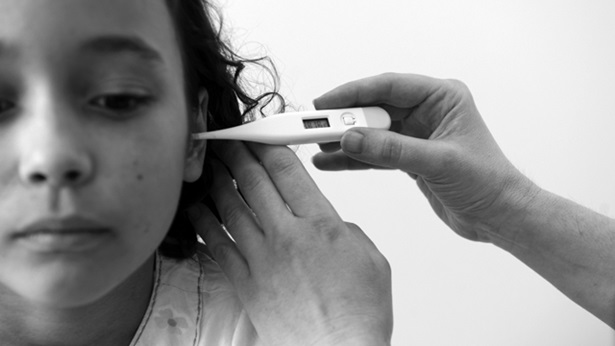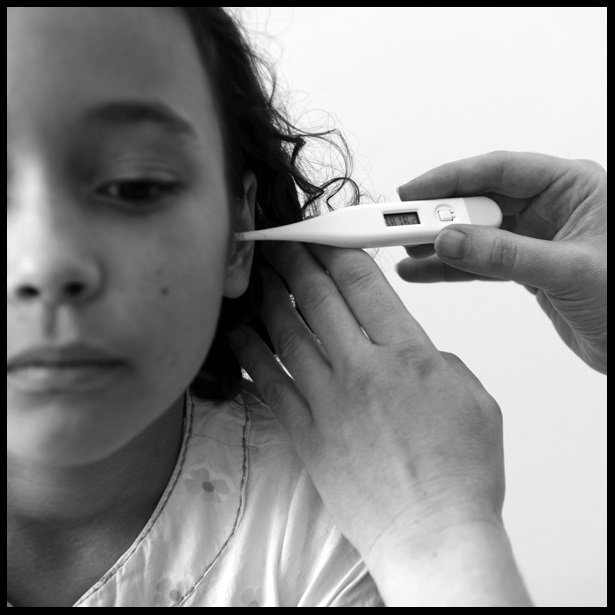State Health Care Spending
Key findings

The State Health Care Spending Project, a collaboration between The Pew Charitable Trusts and the John D. and Catherine T. MacArthur Foundation, examined seven key areas of state health care spending.
Overview
Health care spending presents a complicated set of challenges and financial burdens for states, whose obligations range from caring for the neediest residents—those who cannot afford health care or health insurance on their own—to providing coverage for state employees and retirees who have negotiated it as part of their compensation packages. States spend, in the aggregate, hundreds of billions of dollars a year on various kinds of health care, some of it beyond the control of policymakers. For example, each state’s Medicaid contribution is set by the federal government, and states are legally required to provide care for inmates. Poverty, smoking rates, and an aging population are among external factors that can result in a higher prevalence of chronic health conditions for which states cover treatment. And the same type of care is more expensive in some states than in others, contributing to higher costs for some states.
The Great Recession had the double impact of reducing state revenue while increasing the demand for certain kinds of health care, especially Medicaid coverage, and mental health and substance use disorder services— illustrating that many state-funded responsibilities run counter to the business cycle and that states serve as a safety net for an array of vulnerable populations. Yet while state health care spending is often seen as appropriating money from other priorities such as education and transportation, it also brings billions of federal dollars into the states through matching funds, grants, and payments that help support each state’s health industry.
The State Health Care Spending Project—a collaboration between The Pew Charitable Trusts and the John D. and Catherine T. MacArthur Foundation—produced a series of studies of state health care programs, including Medicaid, the Children’s Health Insurance Program, substance use disorder treatment, mental health services, prison health care, active state government employee benefits, and retired state government employee benefits. Key trends identified in these reports reveal that:
- The amount that individual states spend is not necessarily indicative of either efficiency or waste. Certain states pay higher fees to providers, others are required to pay a larger portion of Medicaid costs; and the residents of some areas require more care than others. Demographics, including poverty rates, the age and health of the population, and the number of prisoners and state retirees, can all influence a state’s health costs. The vibrancy of a state’s economy also plays a major role in determining its health costs.
- States fund and/or directly operate numerous kinds of health services—such as prison health care and treatment for mental illnesses—through a variety of agencies. Although there is often an overlap in clientele, coordination and data-sharing among agencies are rare and sometimes prohibited by privacy laws.
- Many states are taking action to rein in costs within their control, for example by having state employees and retirees assume more of the costs of their health plans, tying provider payments to the provision of high- value care rather than the number of services delivered, and shifting individuals from purely state-funded programs to federal-state programs.
- The Affordable Care Act (ACA) and the Mental Health Parity and Addiction Equity Act (Parity Act) are having an impact on state spending in a wide range of programs, including Medicaid, the Children’s Health Insurance Program (CHIP), and treatment for mental illnesses and substance use disorders.
- The lack of timely spending, utilization, and outcomes data, and comparable data across states, as well as the inability to track clients across agencies, all impede program evaluation.














